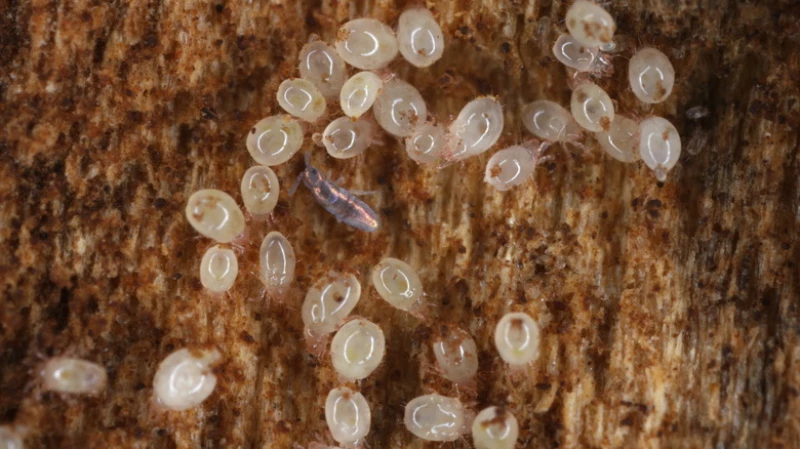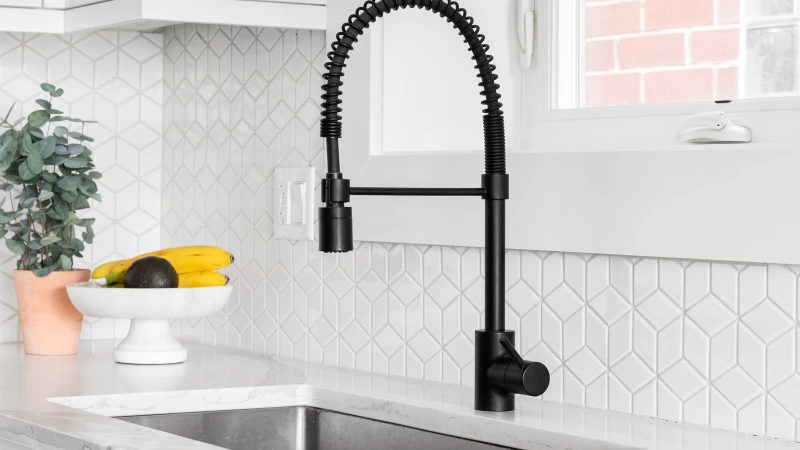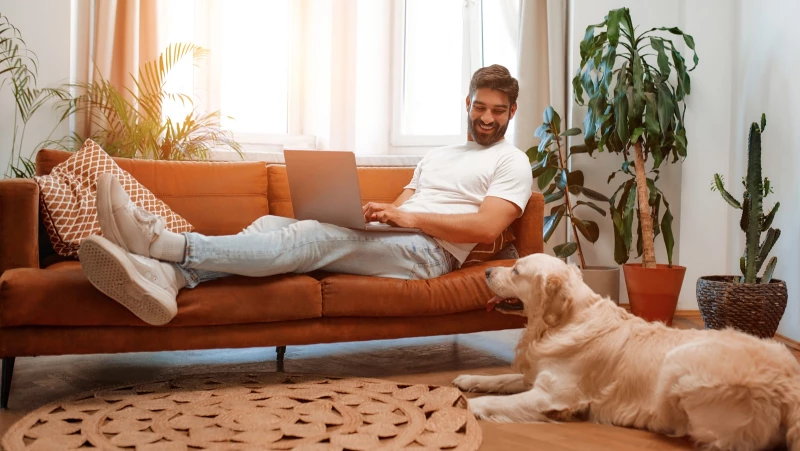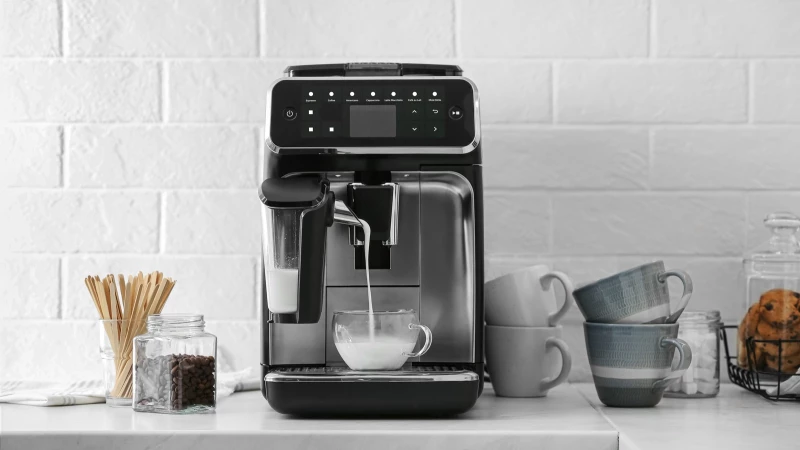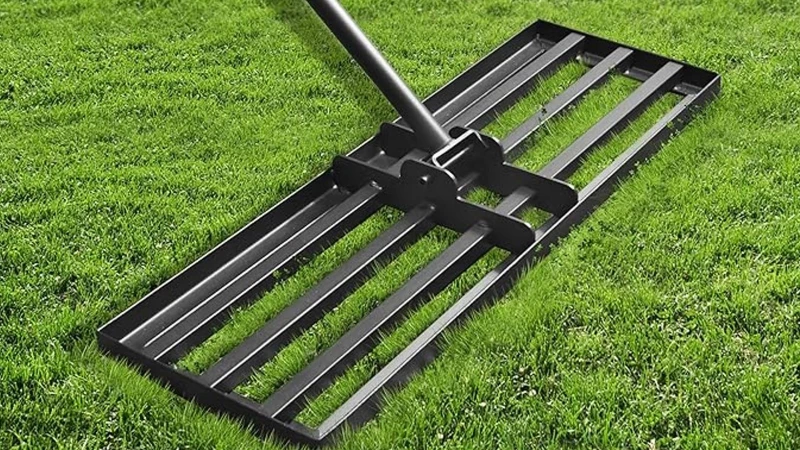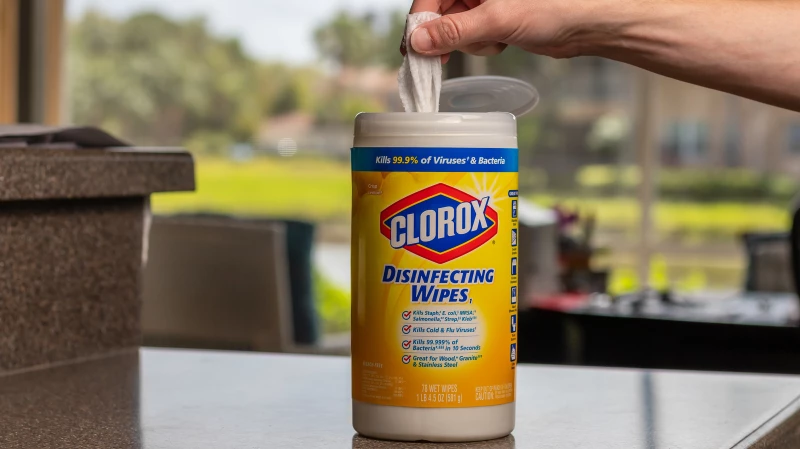Dust mites are tiny creatures that thrive in our living spaces, causing respiratory problems and allergic reactions. While they are commonly found in bedding and carpets, upholstered furniture is often overlooked as a haven for these pests. Cleaning upholstered furniture properly is essential to prevent dust mite infestation.
Dust mites can pose health risks, especially for individuals with allergies or respiratory conditions, as well as children. The proteins found in dust mite droppings and body fragments can trigger allergic reactions, leading to symptoms such as sneezing, runny nose, itchy eyes, and skin rashes. People with asthma may experience worsened symptoms and more frequent attacks due to dust mite allergens inflaming the airways. Dust mites can also aggravate eczema symptoms in those prone to this skin condition.
Why Upholstered Furniture Attracts Dust Mites
Upholstered furniture includes plush cushions with soft, porous textures and other fabric-covered surfaces that create an ideal environment for dust mites to settle. The fibers in the fabric trap and retain not only skin flakes but also moisture, creating a humid microclimate –- perfect for dust mite proliferation. The warmth generated by our bodies while lounging on sofas and other fabric furniture further enhances this cozy environment. Moreover, the intricate stitching and seams in upholstery offer numerous hiding spots for dust mites to flourish undisturbed.
Dust mites feed on dead skin cells, which we naturally shed daily. Additionally, upholstered pieces tend to accumulate an array of substances, including pet dander, pollen, and other airborne particles. In this dusty haven, dust mites thrive, making it crucial to understand why upholstered furniture is such a magnet for these microscopic pests.
Other tips to have a dust mite-free habitat
Making your home inhospitable to dust mites involves strategic planning. Opt for washable curtains and bedding to minimize potential mite havens. Keep humidity levels below 50% using a dehumidifier, as dry environments deter dust mite activity. Choose hard-surfaced flooring over carpets, and employ air purifiers equipped with HEPA filters to trap airborne particles, including dust mites. Dust surfaces regularly using a damp cloth or electrostatic duster to prevent the resettling of airborne particles. Focus on areas where dust tends to accumulate, such as shelves, picture frames, and electronics.
Looking for a chemical-free way to get rid of dust mites in your home? Try freezing your children's stuffed toys in a plastic bag for a day or two. This simple method can help kill dust mites without the use of harmful chemicals.
If you have pets, it's important to regularly groom them to minimize the transfer of dust mites on their fur. Use pet-friendly wipes to quickly clean their fur, especially after outdoor activities.
Another effective way to eliminate dust mites is by regularly washing bedding, including mattress covers, in hot water. This helps to get rid of dust mites and their eggs. Additionally, consider investing in allergen-proof mattress and pillow covers to create a barrier against these microscopic pests.
Remember, taking a proactive approach to cleanliness is key in creating an unwelcome environment for dust mites. By following these tips, you can enjoy a healthier and more comfortable living space.


